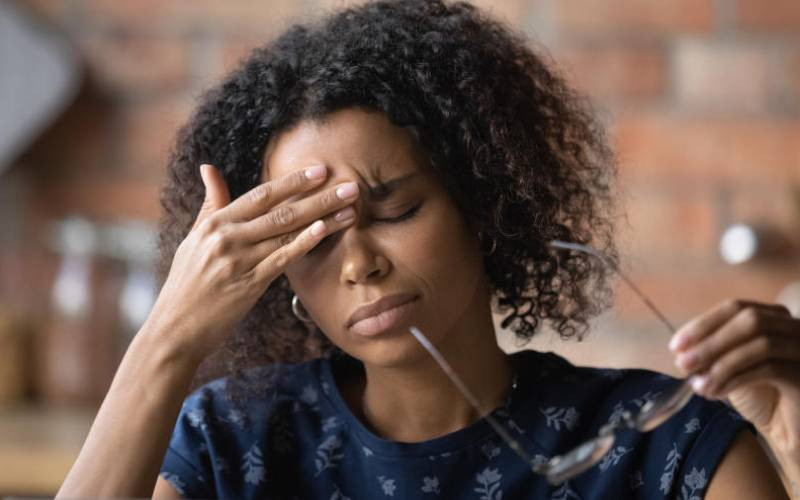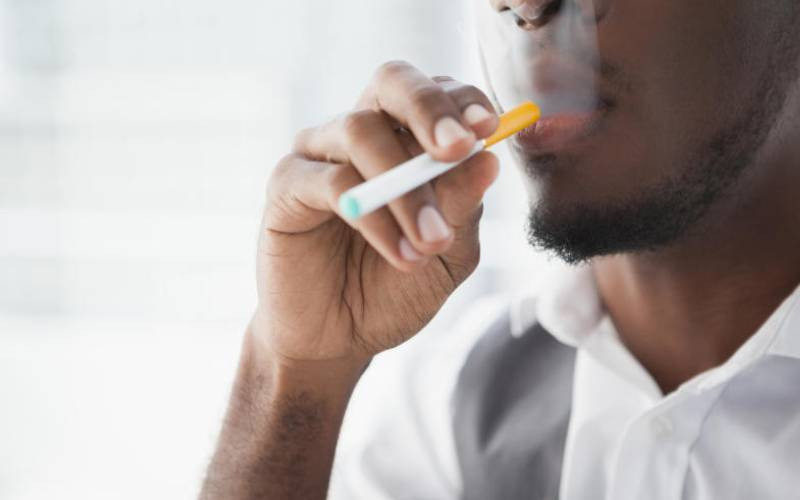
Whether it's the bit where Bambi's mum dies or someone having a go at you which gets you blubbing, your tears perform a very impressive function
What is that makes you cry?
Do epic cinematic weepies like Bambi or Saving Private Ryan have your tear-ducts working overtime? Maybe a cross word or the sight of a baby animal gets your bottom lip trembling.
Or, perhaps you're dead inside and haven't cried since you were delivered into this world.
Joking aside, whatever the impetus, crying is a perfectly natural anatomical function. Having a massive bawl can even be cathartic sometimes.
But given how we all have our different triggers, are there any commonalities at all? And do our tears perform a function?
Well, yes - our tears do a lot of work for us, some potentially even life-saving. It just depends on what type of tears.
Revealing how each type of tear does something different, Life Noggin explained how we have three different types of tears.
Basal, reflex and emotional. All three of these are activated by different stimuli but are all formed in the same way.
1. Emotional tears
You know the kind. They're the sort which spring forth abundantly whenever a dog dies in a film, or someone asks you "are you OK?"
Happy or sad," Life Noggin begins, "as your limbic system and hypothalamus process the intense emotion it activates the automatic nervous system"
"This cause the heart rate to quicken, sweat to be released and for you to cry."
Contained in these tears is the stress hormone ACTH as well as encephalin, a natural painkiller which is why it feel good to have a cry.
This is why it quite literally FEELS good to cry. But only when its emotional tears.
That's not all. Our emotional tears may be left-overs from our evolutionary history.
While it's uncertain why our body does respond in this way, "it's thought it's a way of appearing more vulnerable and submissive to an attacker.
"Also, by putting our emotions on display we may elicit the help of friends or family." Or a kind passer-by.
2. Basal tears
Sitting between our eyeball and eyelid is the lacrimal gland. This both produces and drains our tears and their job is to keep the cornea lubricated.
What makes you cry?
As for what they cover our eye with? That's a delightful mix water, oil and mucus.
3. Reflex tears
"These are what happens when something gets in our eye like smoke or when chopping onions.
"When this happens the cornea sends a signal to the brain saying it needs more lubrication. Then, we cry. These tears are formed of mostly water."
 The Standard Group Plc is a multi-media organization with investments in media platforms spanning newspaper print
operations, television, radio broadcasting, digital and online services. The Standard Group is recognized as a
leading multi-media house in Kenya with a key influence in matters of national and international interest.
The Standard Group Plc is a multi-media organization with investments in media platforms spanning newspaper print
operations, television, radio broadcasting, digital and online services. The Standard Group is recognized as a
leading multi-media house in Kenya with a key influence in matters of national and international interest.










